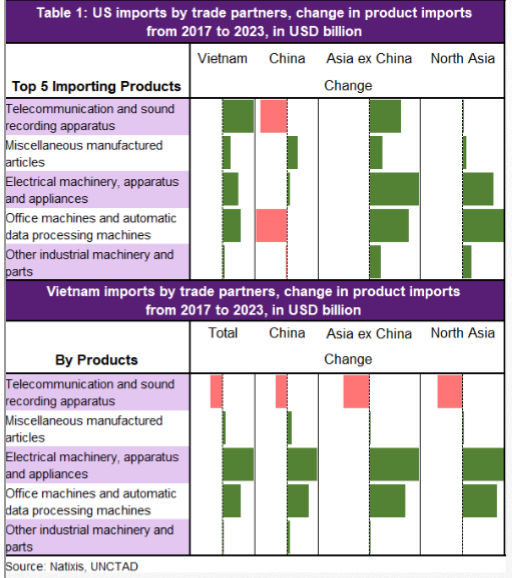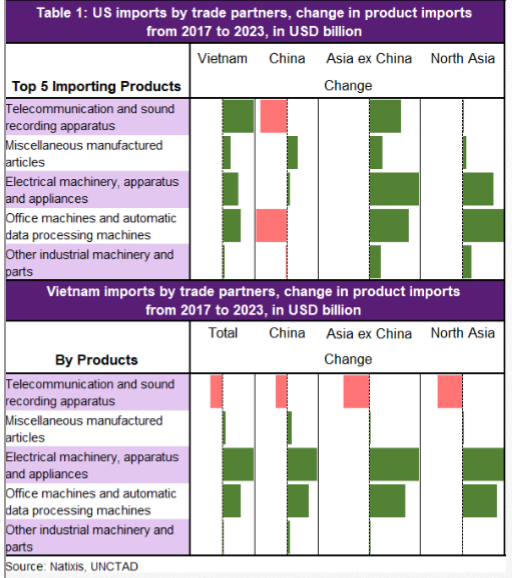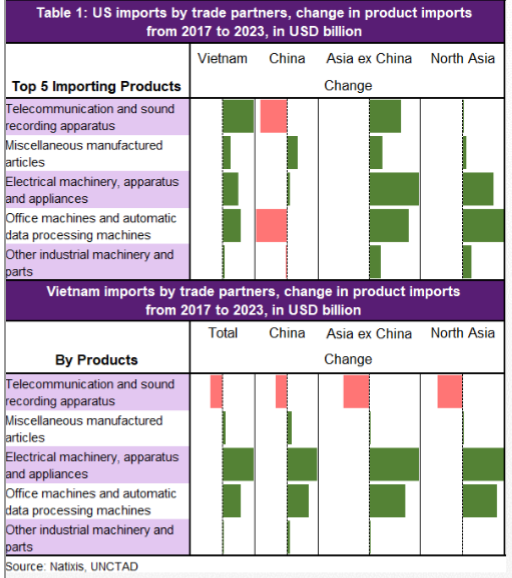Someone please send the Turkish central bank a memo that we're at the tightening part of the cycle globally, following the Fed's tapering, especially with inflation around 20%.
TRY/USD
TRY/USD
https://twitter.com/markets/status/1461292162440642564
Want to see global inflation? Let's start with North America:
USA 6.2%
Mexico 6.2%
Canada 4.7%
Europe:
Spain 5.4%
Ireland 5.1%
Germany 4.5%
U get the point. Yes, we got zero interest rate policy in the USA & NEGATIVE interest rate in Europe. But the direction is TIGHTENING.
USA 6.2%
Mexico 6.2%
Canada 4.7%
Europe:
Spain 5.4%
Ireland 5.1%
Germany 4.5%
U get the point. Yes, we got zero interest rate policy in the USA & NEGATIVE interest rate in Europe. But the direction is TIGHTENING.

Repeat after me: REAL RATES ARE VERY NEGATIVE. Very negative. What does that tell you about money & asset prices & volatility ahead should inflation proves not transitory (already has but whatever).
Let's look at Eastern Europe:
Turkey 19.9%, higher, but alas, they cut rates!!!
Let's look at Eastern Europe:
Turkey 19.9%, higher, but alas, they cut rates!!!

Some people commented that Turkey shouldn't follow the Fed & does whatever it wants. Sure, but in a HIGHER INFLATION environment, u HIKE not CUT. Right? Btw, that's official inflation. Unofficially higher some says. Meaning, Turkish people purchasing power eroded.
Poland! 6.8%!
Poland! 6.8%!

Okay, let's just go around the world as we do on a Friday night (I'm in quarantine so). Latin America.
Hello Venezuela! Talk about monetary management/lack there of. Argentina is off the chart at 49.9%, makes Turkey look good!
Brazil 10.7% Explains a lot of Latin hikes lately!
Hello Venezuela! Talk about monetary management/lack there of. Argentina is off the chart at 49.9%, makes Turkey look good!
Brazil 10.7% Explains a lot of Latin hikes lately!

Anyway, Bolivia doing something right. No idea so can't comment but at 0.5% it's like the opposite of Venezuela. I need to go to Latam when the world opens. Feels close to it being from California but so far now in Asia.
Hello Asia! Inflation not so bad yet except for the stans.
Hello Asia! Inflation not so bad yet except for the stans.

Asia is interesting b/c we SUPPLY the world with manufactured goods but our DEMAND is le weak since Q3, led by China slowdown, although ASEAN got its own issues in Q3 too w/ shutdowns etc. US got demand high + supply shocks while Asia got supply shocks only so far. Anyway, so... 

Other than the stans, we got benign inflation, which means we haven't hiked, except for South Korea, which basically hiked 25bps & another 25bps next Thursday! Thanks to good demand & also BOK wanting to reduce financial risks. But just cuz it's OK now, Asian CPI'll turn in 2022. 

• • •
Missing some Tweet in this thread? You can try to
force a refresh









